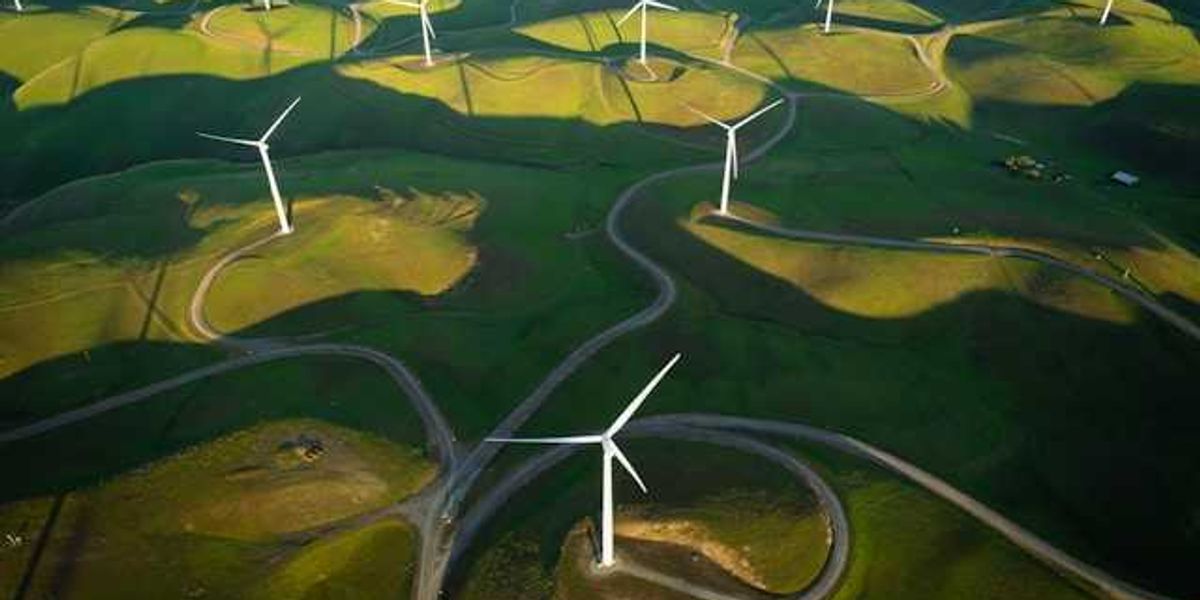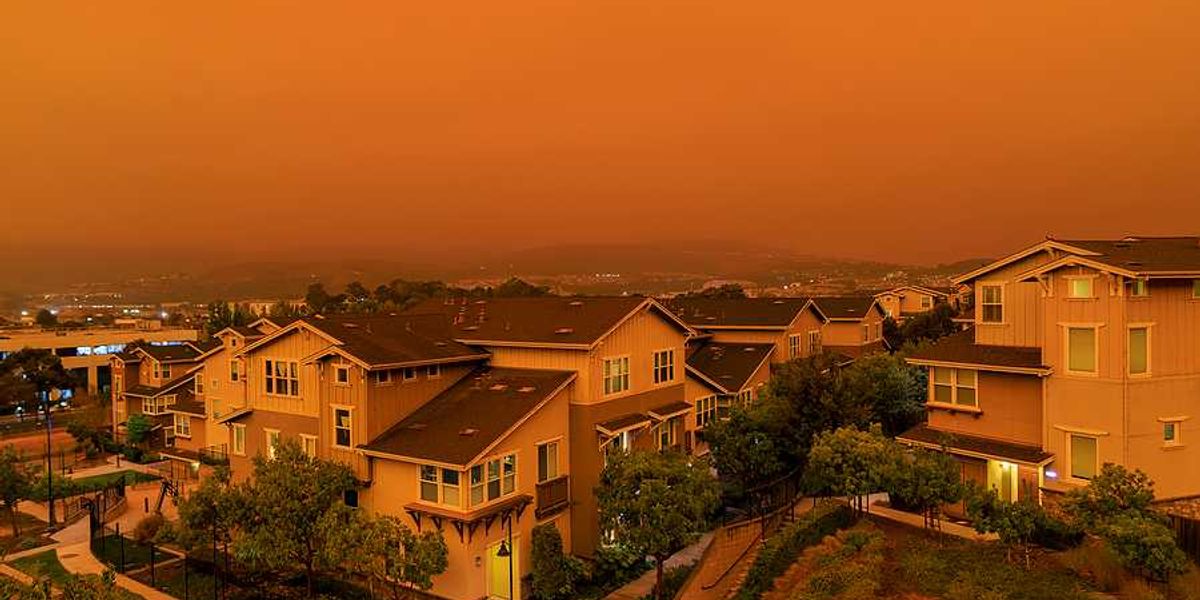
Texas Hill Country flood victims press lawmakers to clear toxic lake and deliver aid
At a recent hearing, Kerrville residents described a chaotic official response to the July 4 Hill Country floods that left bodies unaccounted for and an oil-coated lake still undrained.
Saul Elbein reports for The Hill.
In short:
- About 99% of households lacked flood insurance, exposing landowners to an estimated $25 billion in uncovered damage.
- Lt. Gov. Dan Patrick and other legislators chastised county officials for missing warnings and skipping disaster drills before the storm.
- Witnesses cautioned that private-equity giants such as BlackRock could scoop up flooded properties, reshaping the riverfront for profit.
Key quote:
“We’ve talked to divers that have been out there. They have found vehicles. We have asked them direct questions, ‘Are there bodies in the water?’ Their answers are yes.”
— Ann Carr, Kerrville resident
Why this matters:
Extreme rain events now erupt across central Texas with little warning as hotter air holds more moisture. When hill-country rivers jump their banks, the torrent shreds homes and flips cars that spill gasoline and oil into drinking water sources. Standard homeowners policies exclude flood damage, so rural families can lose everything overnight while confronting a new toxic stew. Cash-rich investors, eyeing bargain land in the disaster’s wake, often accelerate displacement, erasing long-standing communities and paving more runoff-prone surfaces that worsen future floods. The cycle — climate-driven storms, uninsured losses, environmental contamination, and speculative buy-outs — threatens public health and deepens inequality far beyond the floodplain.
Read more: Parents protest in Washington, D.C. after Texas camp tragedy













